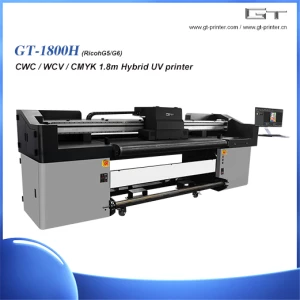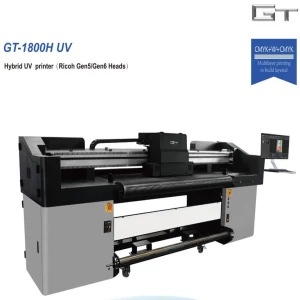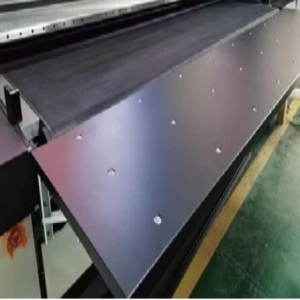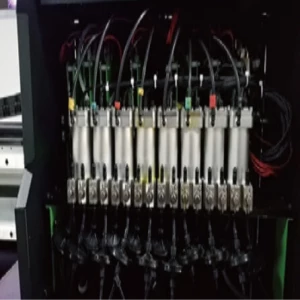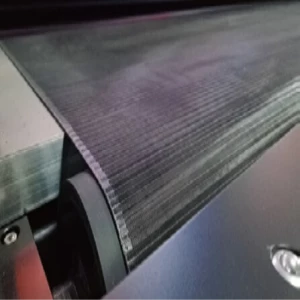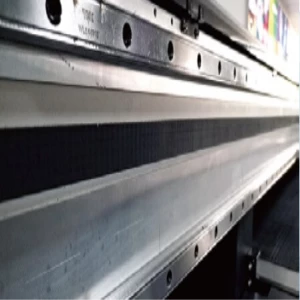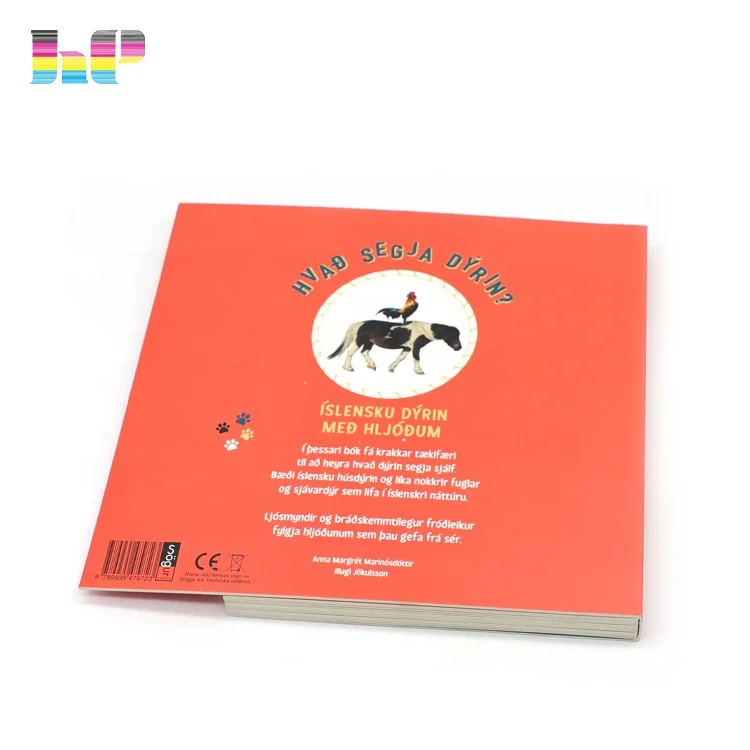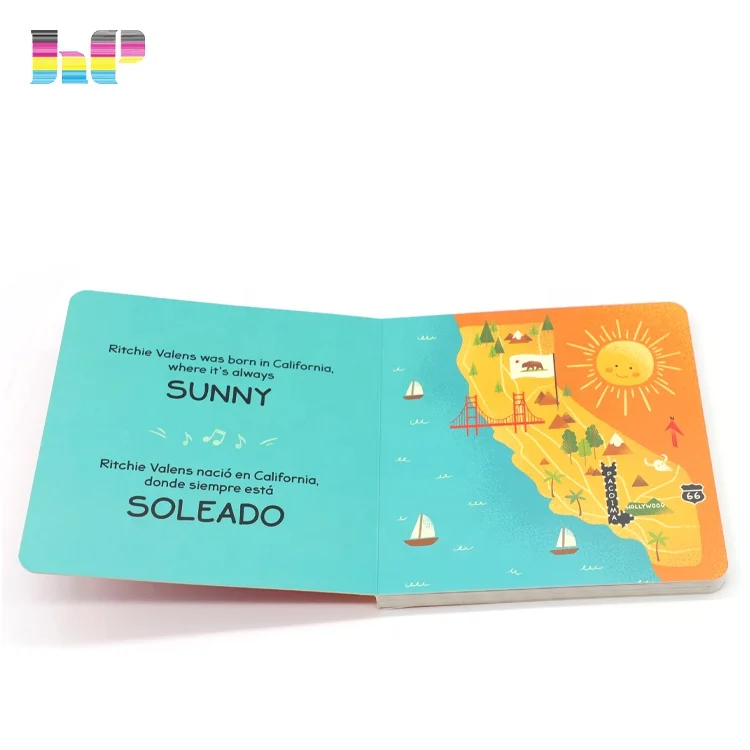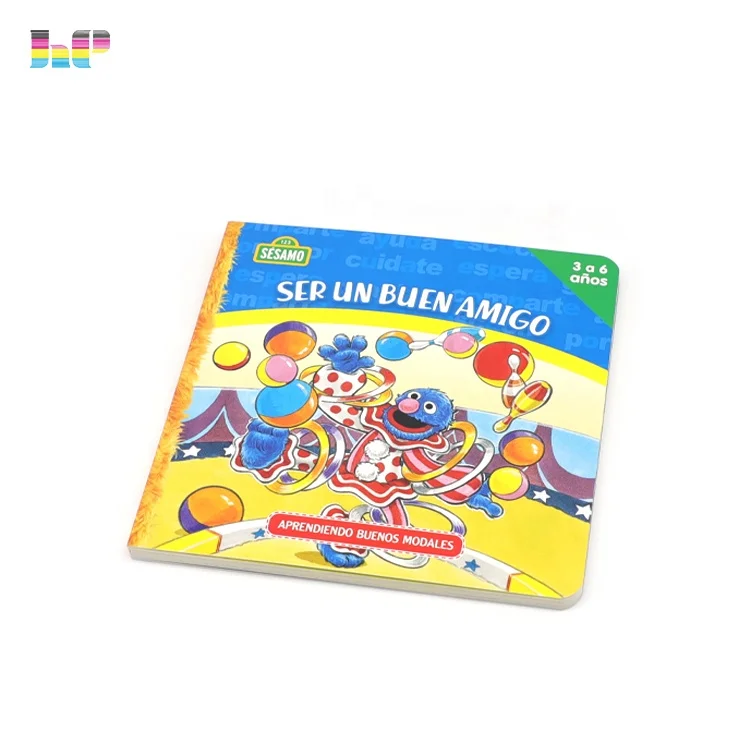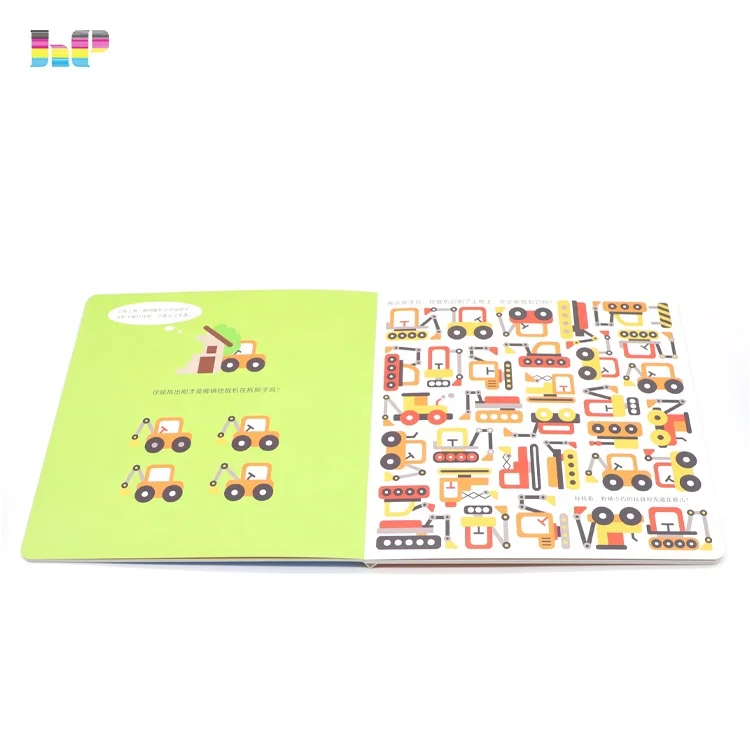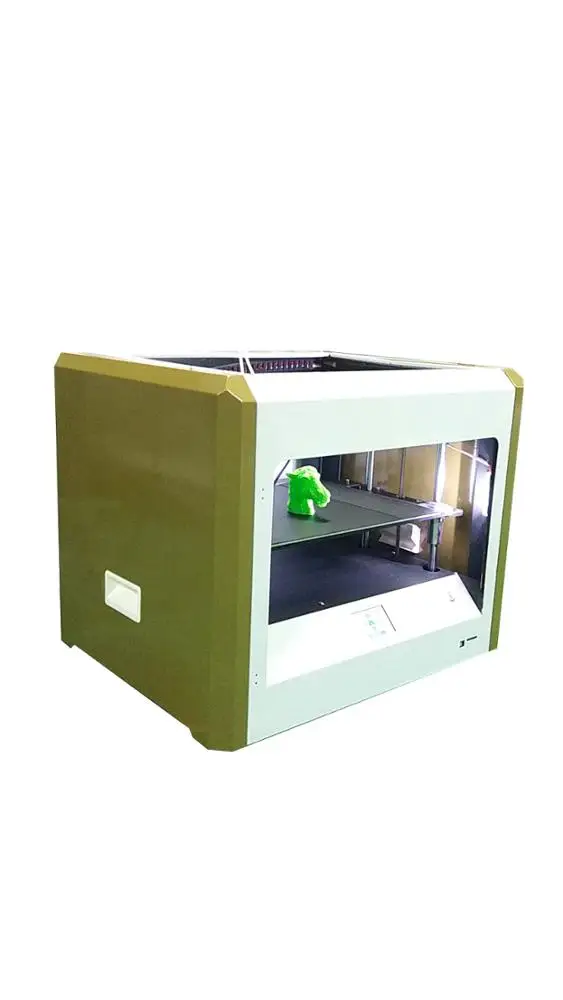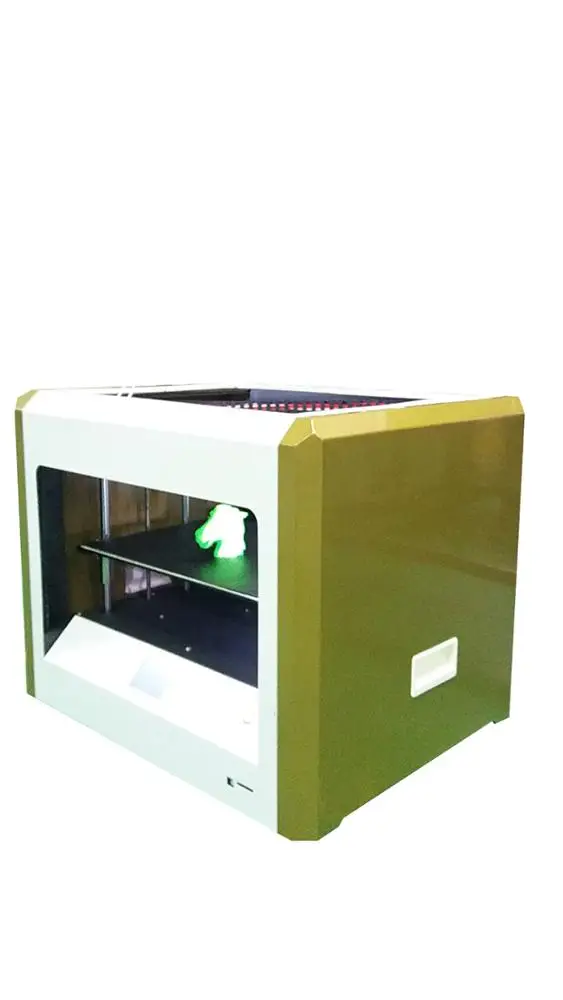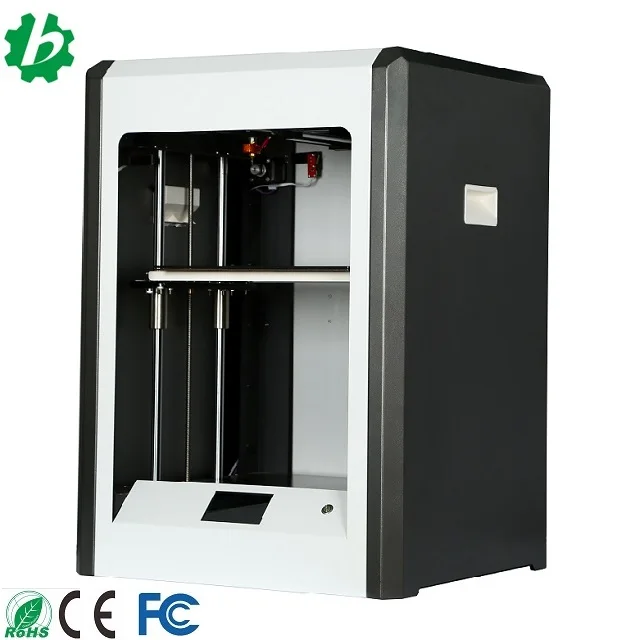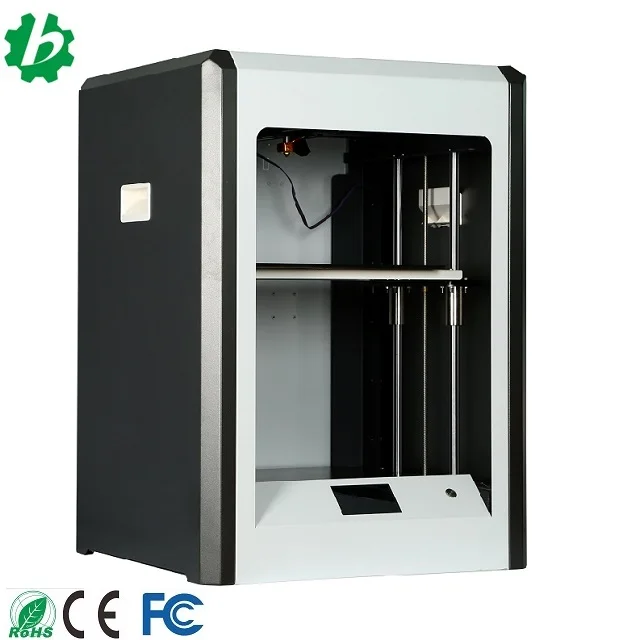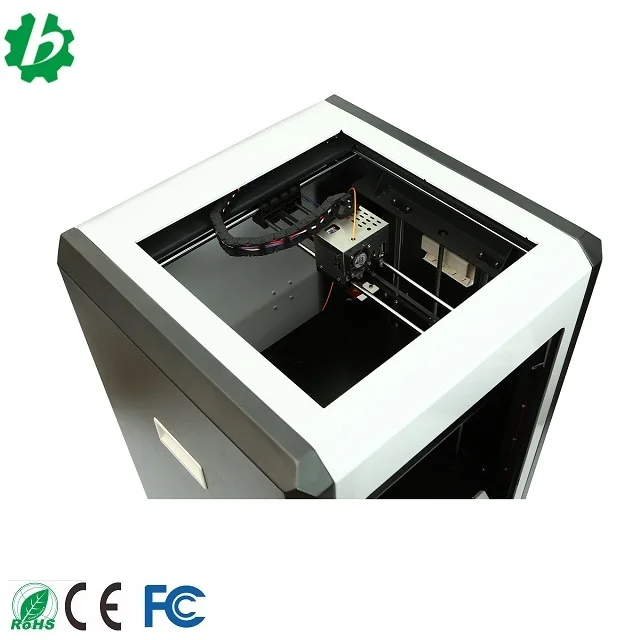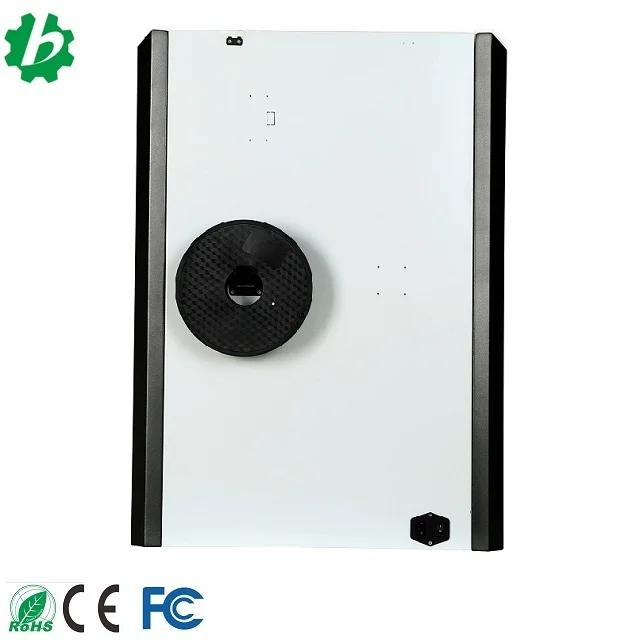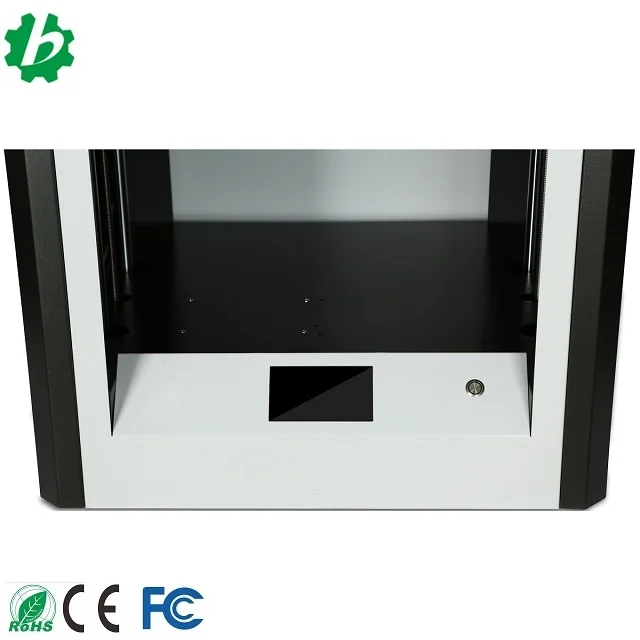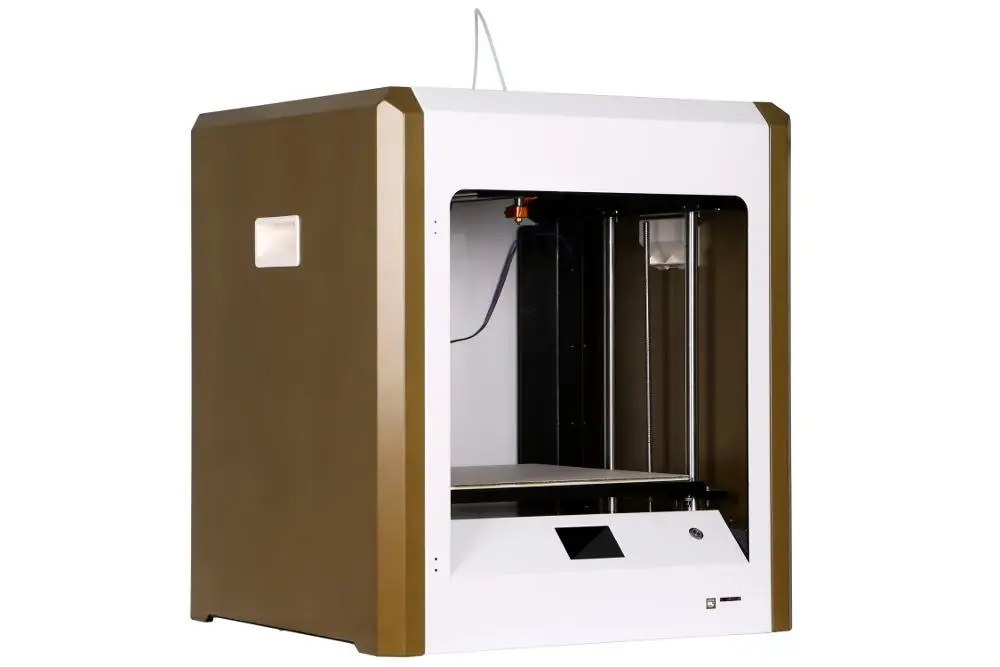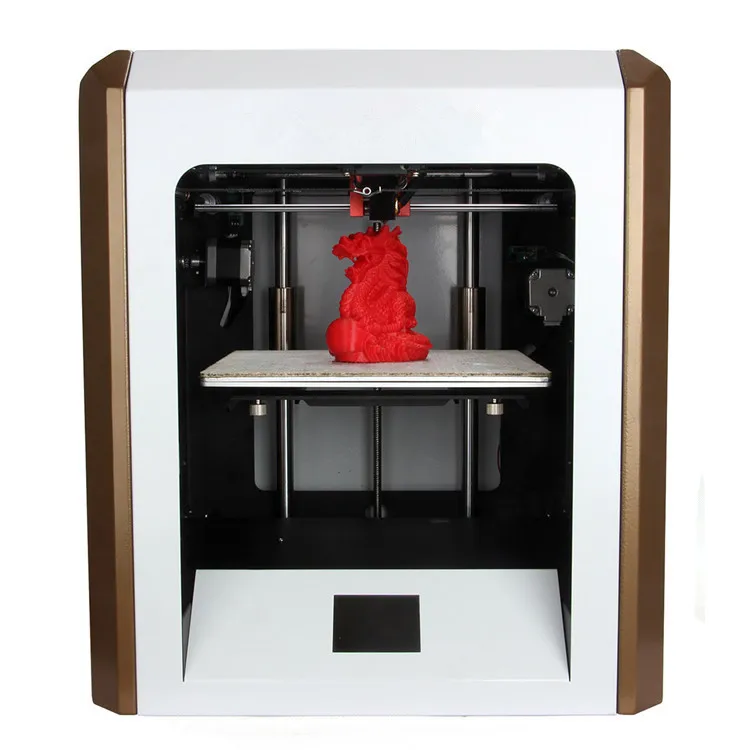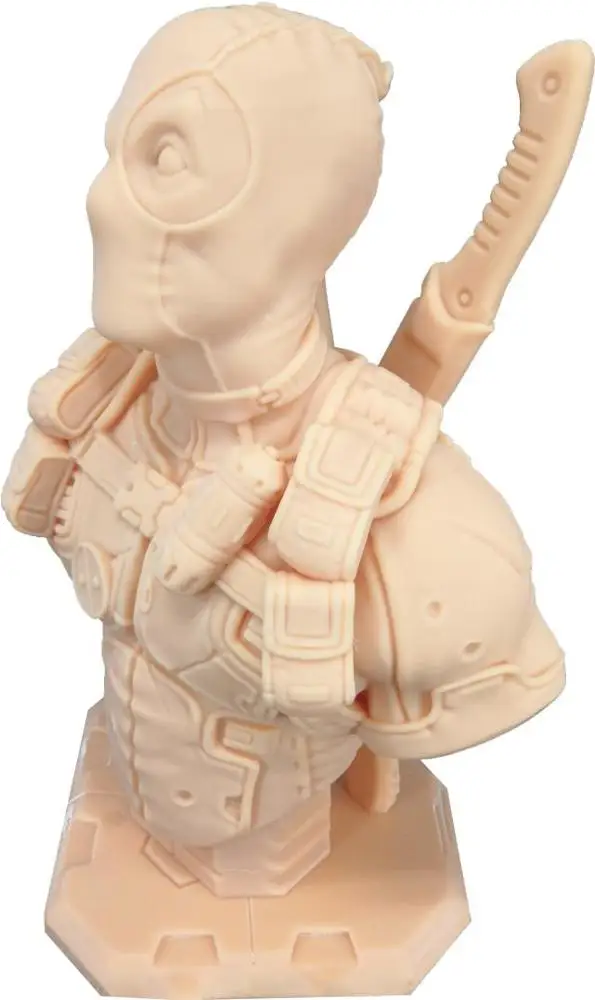Thermal Printers: A Comprehensive Guide for Buyers in 2025
Thermal printers have become indispensable in various industries due to their speed, efficiency, and low maintenance. Whether you're in retail, logistics, or healthcare, understanding the right thermal printers for your needs can save you time and money. This guide covers everything from types and features to sourcing reliable options from China.
How to Find Reliable Thermal Printers from China in 2025
China remains a leading manufacturer of thermal printers, offering competitive prices and advanced technology. To find reliable suppliers, consider platforms like Alibaba, which vet manufacturers for quality and reliability. Look for suppliers with verified trade assurances, positive reviews, and certifications like ISO 9001. Request samples to test print quality and durability before placing bulk orders.
What Buyers Should Know Before Buying Thermal Printers from China
Before purchasing, verify the supplier's production capacity and lead times. Ensure compatibility with your local power standards (110V or 220V). Check if the supplier offers after-sales support, including warranties and spare parts. Negotiate shipping terms (FOB, CIF) to avoid hidden costs. For example, a US-based retailer saved 30% by sourcing directly from a Shenzhen manufacturer but factored in import duties upfront.
Types of Thermal Printers
There are two main types: direct thermal and thermal transfer. Direct thermal printers use heat-sensitive paper, ideal for short-term labels like shipping receipts. Thermal transfer printers use ribbons for durable prints, suitable for product labels or barcodes. Choose based on your longevity and environmental exposure needs.
Functions and Features of Thermal Printers
Modern thermal printers offer features like wireless connectivity (Bluetooth/Wi-Fi), high-speed printing (up to 300mm/s), and compact designs. Some models include auto-cutter functionality or mobile app integration. For instance, a logistics company improved efficiency by 40% using wireless thermal printers for real-time label printing in warehouses.
Scenarios of Thermal Printers
These printers excel in retail (POS receipts), healthcare (patient wristbands), logistics (shipping labels), and manufacturing (barcode tracking). A UK supermarket chain reduced checkout times by 25% after upgrading to high-speed thermal receipt printers.
How to Choose Thermal Printers
Consider print resolution (203dpi for standard barcodes, 300dpi for finer details), paper width compatibility, and duty cycle. For heavy use, industrial-grade printers with metal frames outperform plastic consumer models. Budget at least $200 for a reliable commercial-grade unit.
Thermal Printers Q & A
Q: How long do thermal printer heads last?
A: Typically 30-50 km of printing. Replace when print quality fades.
Q: Can thermal prints withstand heat?
A: Direct thermal prints may fade if exposed to temperatures above 70°C (158°F).
Q: What's the average lifespan of a thermal printer?
A: 3-5 years with proper maintenance in commercial use.
Q: Are thermal printers eco-friendly?
A: They consume less energy than inkjet printers but use specialty papers.
Q: How to clean a thermal print head?
A: Use isopropyl alcohol and lint-free swabs monthly.


